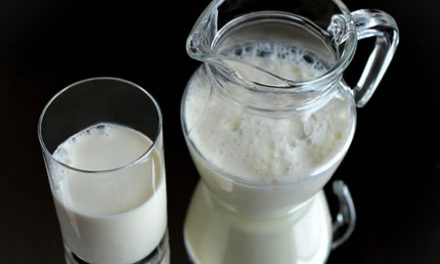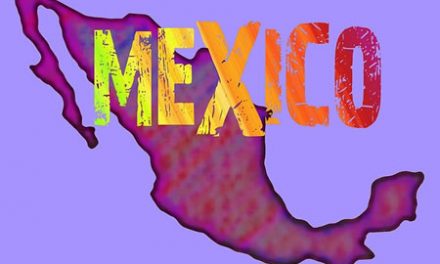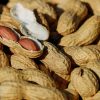In January 2006, food companies will be legally required to list how much trans fat is in their products. But many companies are starting early. In fact, besides listing trans fat content, some companies are revising products so that the contents are more acceptable to concerned consumers. Yet even with these new labels, you still have to be a savvy consumer to interpret them and make healthy food choices.
Trans fat is an unsaturated fat. The reason is it so unhealthy is that unlike other unsaturated fats, it raises LDL ("bad") blood cholesterol. Studies are looking at trans fat's effect on cancer risk. But the evidence so far is inconclusive.
Many people think of trans fat as a margarine issue, but margarine accounts for less than 20 percent of the trans fats the average American eats. The major sources in the American diet are actually commercially baked goods, like cakes, cookies, doughnuts, crackers and pies. The trans fats in these goods come from the partially hydrogenated vegetable oils, which increase shelf life. French fries, chips and microwave popcorn are other important sources of these partially hydrogenated oils. Small amounts of trans fat also occur naturally in butter, milk, cheese, beef and lamb.
If a standard serving of any food for sale has more than 0.5 gram of total fat, trans fat content will be listed on the Nutrition Facts panel on a separate line under saturated fat content. Since scientists have yet to establish what a reasonable amount of trans fat in a healthy diet is, labels will only list the actual amount of trans fat in grams per serving without any percentage of Daily Value or "% DV" beside it. The National Academy of Sciences has issued one guideline. That scientific body recommends keeping trans fat as low as possible in a nutritionally adequate diet.
However, other experts say that instead of picking one of two foods based on trans fat content alone, you should add the products - saturated fat and trans fat together. Then choose the one with the lower combined amount. This is a better method of choosing because Americans consume four to five times as much saturated fat as trans fat. Saturated fat has been linked with high cholesterol, as well as a possible increase in cancer risk.
Those people who are accustomed to screening for trans fat in products by looking for partially hydrogenated oils under ingredients may be surprised to find these oils listed but see a "0" for trans fat content. As with other nutrients on labels, the presence of trans fat less than 0.5 gram per standard serving is listed as zero. There may be a trace amount of trans fat in each serving. But the amount of partially hydrogenated oil is so small that trans fat content is nutritionally insignificant, unless large amounts of the food are eaten.
Health claims on packaging could also confuse a person. Claims on lowfat foods that advertise lower cancer risk can only appear on foods low in total fat. Claims on foods low in saturated fat for lower heart disease risk can only appear on foods low in total and saturated fat and cholesterol. Neither of these claims, however, means that the product is low in trans fat. Even if you see one of these health claims, you should still check trans fat content.
The new food labels will help us find food choices lowest in the total amount of saturated and trans fats. But a low-fat selection of foods is only part of a healthy eating style. It's still crucial to include vegetables, fruits, whole grains and beans as well. The American Institute for Cancer Research (AICR) advises everyone to emphasize plant foods in their meals and snacks to lower cancer risk and promote health.
AICR










